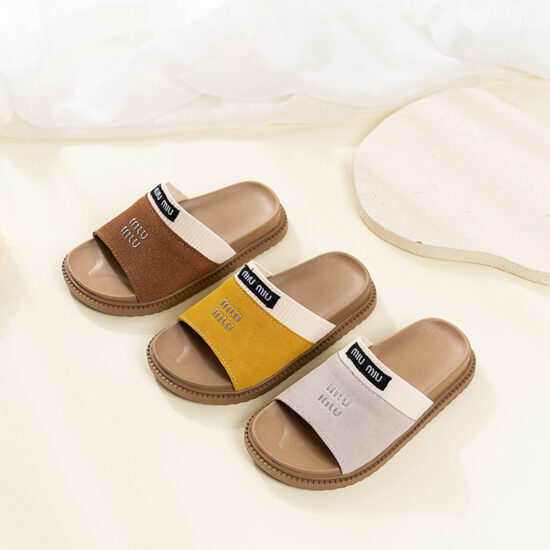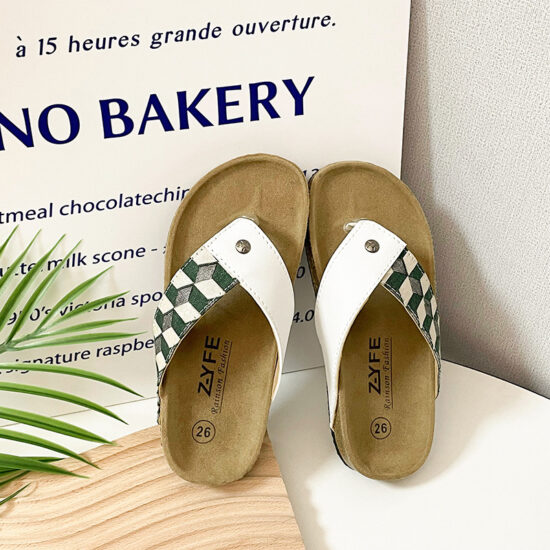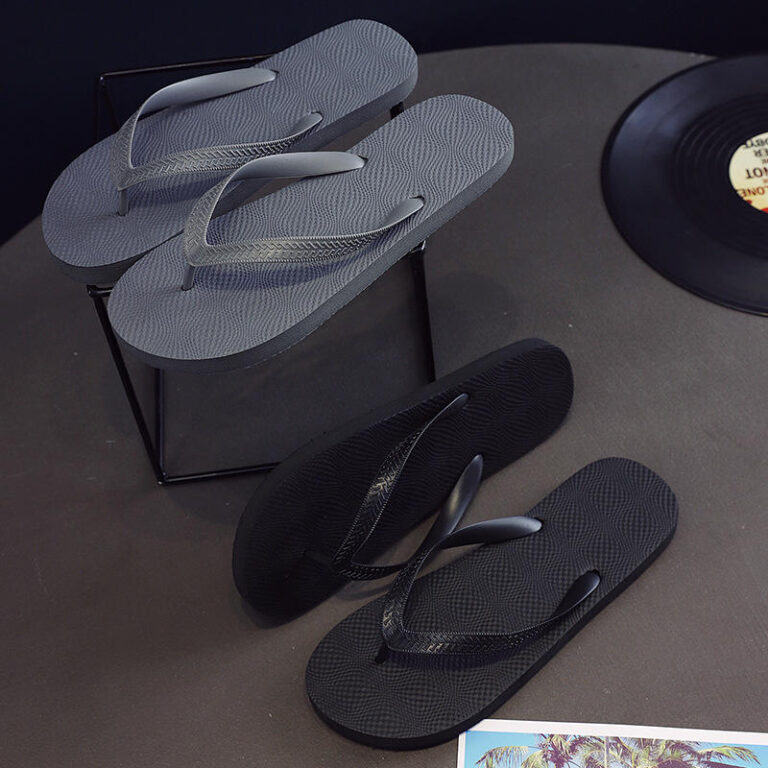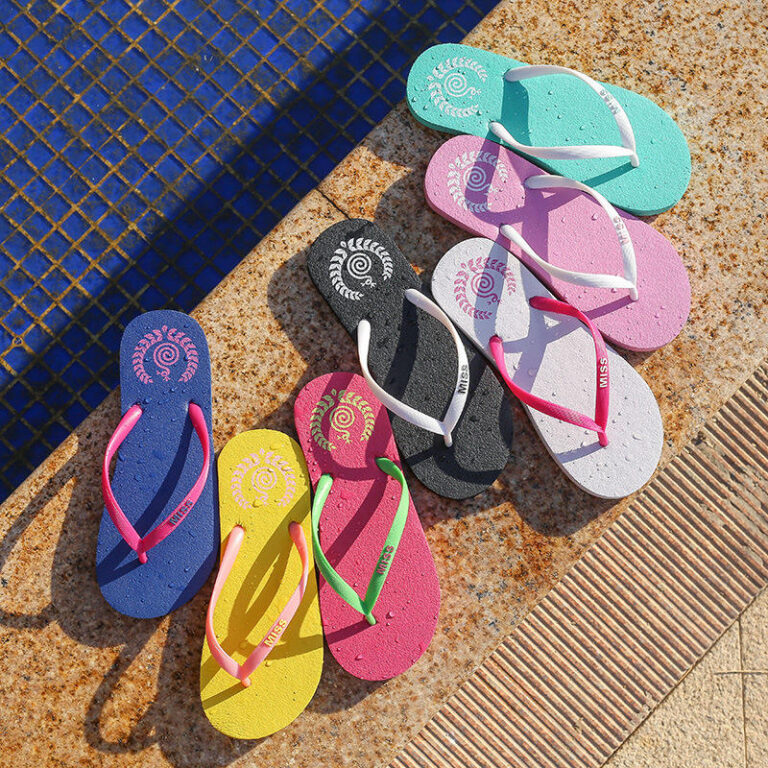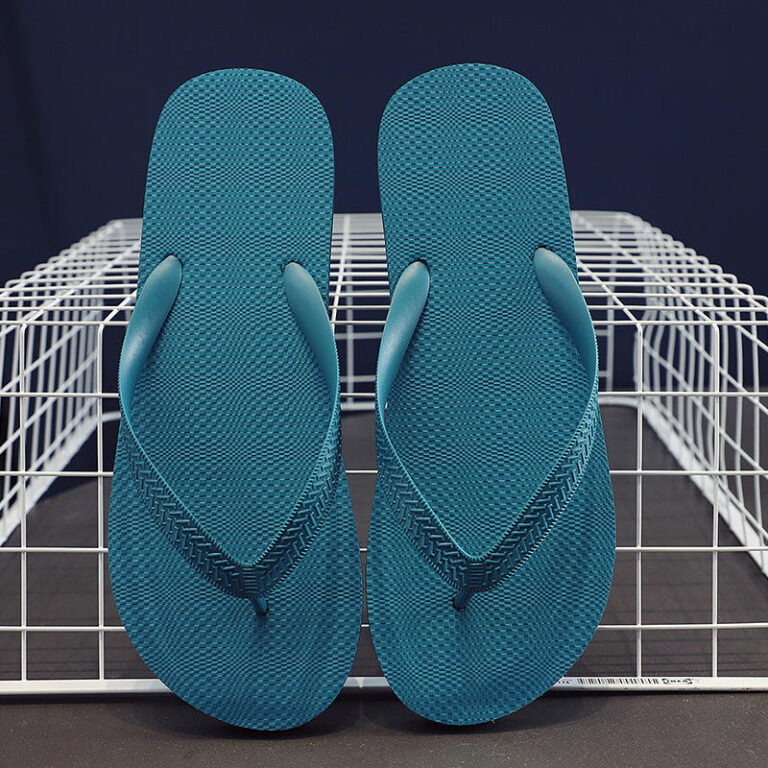jay@nbdho.com
The Environmental Impact of Flip Flops: How to Make Sustainable Choices
Introduction:
As eco-conscious consumers, we’re becoming increasingly aware of the environmental impact of our purchases. While flip flops are beloved for their comfort and convenience, they also contribute to waste and pollution. In this post, we’ll explore the environmental impact of flip flops and how you can make sustainable choices when shopping for your next pair.
The Environmental Impact of Traditional Flip Flops:
Most traditional flip flops are made from materials like rubber, plastic, and EVA foam, which are not biodegradable and can take years to decompose. When flip flops are discarded, they end up in landfills or the ocean, contributing to pollution. Since flip flops are worn primarily in warm climates, they are often used during the summer months and discarded after a single season, exacerbating the issue of waste.
The Issue with Non-Biodegradable Materials:
Rubber and plastic flip flops may be cheap and durable, but they pose a serious environmental threat. These materials do not break down easily, and as they sit in landfills or pollute waterways, they contribute to plastic pollution and other environmental hazards. As the global plastic waste problem intensifies, it’s important to understand the implications of our footwear choices.
Sustainable Materials for Flip Flops:
Thankfully, many brands are now offering more sustainable alternatives to traditional flip flops. Look for flip flops made from biodegradable materials like natural rubber, cork, or hemp. Some eco-friendly options even use recycled plastics or EVA foam that has been repurposed to reduce waste. These materials not only help reduce the environmental impact but also maintain the comfort and quality you expect from flip flops.
Eco-Friendly Brands Leading the Way:
Several brands are at the forefront of the movement toward sustainable flip flops. Companies like Havaianas, Teva, and TOMS have introduced lines made from recycled materials, natural rubber, and other eco-friendly substances. These brands are committed to reducing their carbon footprint and promoting environmental responsibility. By choosing these brands, you’re supporting the movement for a cleaner, greener future.
How to Extend the Life of Your Flip Flops:
One of the best ways to reduce the environmental impact of flip flops is to extend their lifespan. Proper care can help prevent early wear and tear. Clean your flip flops regularly, avoid exposure to harsh chemicals, and store them properly when not in use. If your flip flops do begin to show signs of damage, consider repairing them rather than tossing them out.
Upcycling and Recycling Options:
If your flip flops are beyond repair, don’t throw them away. Many companies now offer recycling programs for old flip flops. For example, some brands offer take-back programs, while others encourage customers to repurpose their worn-out flip flops into new products, such as surfboards, sandals, or accessories. Research local recycling programs to find out how you can recycle your old flip flops and reduce waste.
Conclusion:
The environmental impact of flip flops is significant, but by choosing eco-friendly materials, supporting sustainable brands, and taking steps to extend the life of your footwear, you can minimize your ecological footprint. Making more sustainable choices when it comes to flip flops not only helps the planet but also encourages brands to invest in greener alternatives.
